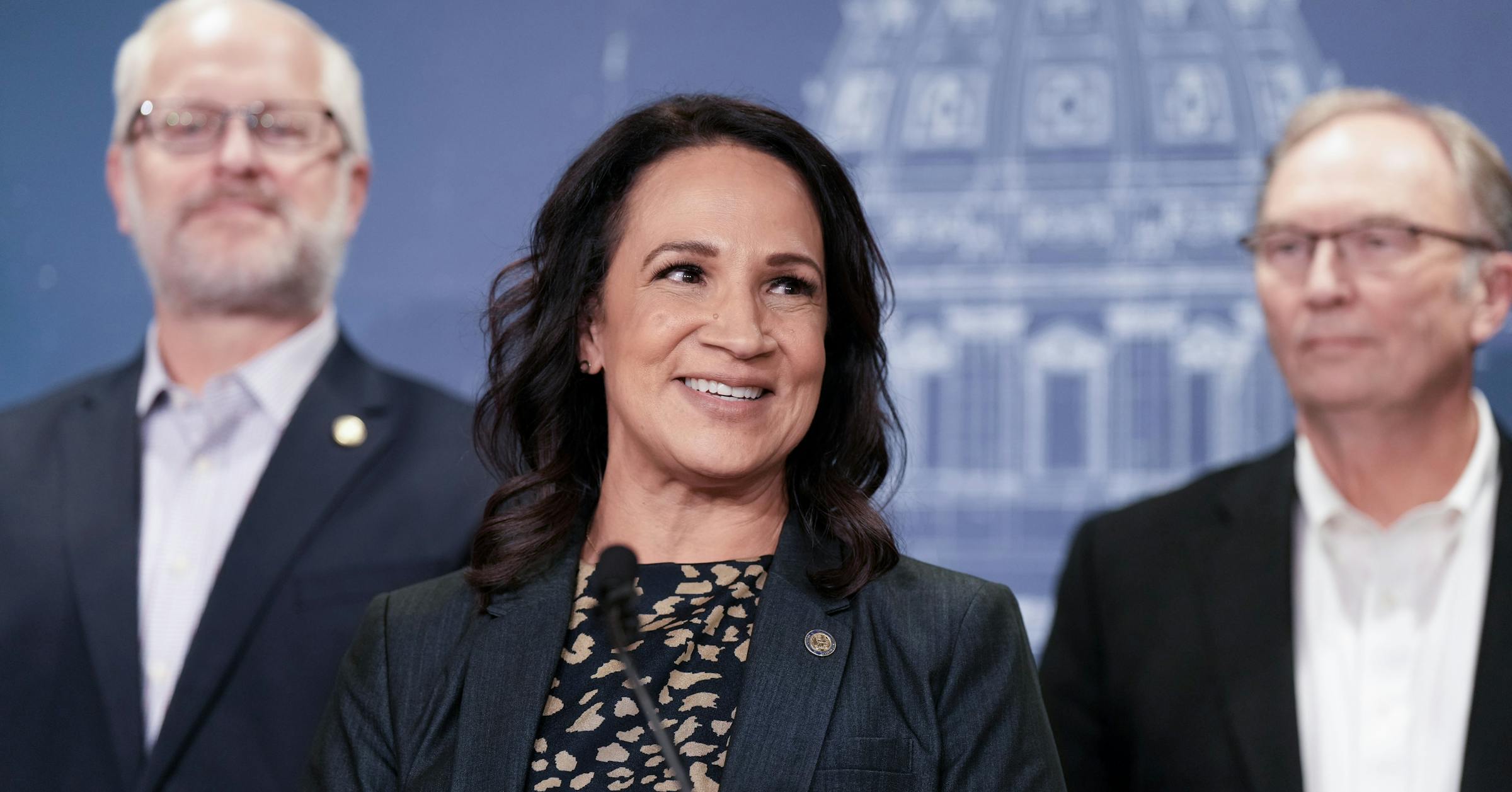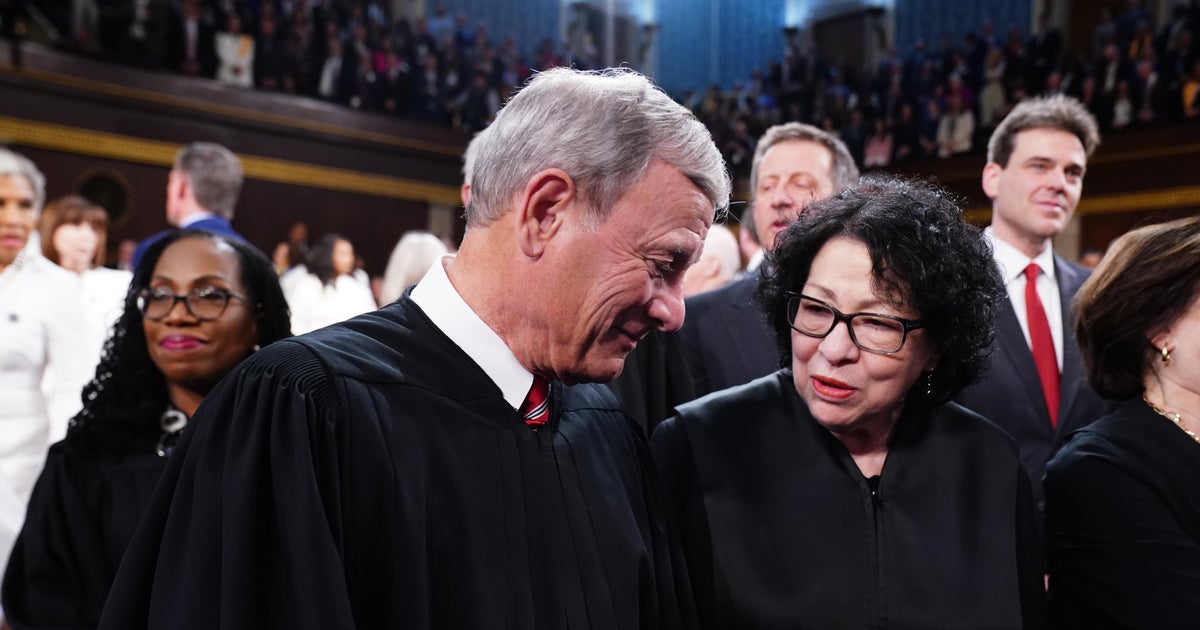Star Tribune
At MN college, every student is entitled to free bagpipe lessons

Before bagpipe rehearsal came the earplugs.
Mike Breidenbach, director of piping at Macalester College, proffered a pair with a grin before pipe band practice Wednesday night. Gather enough bagpipes in an enclosed area and it’s going to get loud. And there can’t be many places in Minnesota with more bagpipes per capita than this St. Paul campus.
After the earplugs came the first bagpipe joke.
“Do you know the difference between a bagpipe and a lawnmower?” said Breidenbach, who first picked up the bagpipes as a Macalester undergrad 32 years ago. He thought bagpipes looked like fun. He was right. “You can tune a lawnmower.”
In the Macalester College Pipe Band, they take the music seriously, but not themselves.
Bagpipes mark the big moments at Macalester: Graduation day, game day, first day of classes. Students who open acceptance emails release a flurry of digital confetti and a wail of bagpipes to let them know what they’re in for.
The first students unleashed the first bagpipes on campus in the 1930s as a joking reference to the college’s Scottish name. The bagpipes caught on. Before long, Macalester had a pipe band, highland dancers, an official tartan plaid and a standing offer of free bagpipe lessons — free bagpipes included — for any student who wanted them.
“It wasn’t the reason I signed up to come to Macalester, but when I got here and heard, I think during orientation, that there were free bagpipe lessons, I thought it would be a crying shame to pass that up,” said Matt Horwath, who graduated in 2019 with a degree in music, with a focus on bagpipes.
Star Tribune
Political outcomes, personal stories intersect as Minnesotans process this week’s election

Four co-workers strolled a walking path in Orono on Wednesday morning, enjoying the fresh air in this lake-pocked western suburb only hours after the presidential election had been called for President-elect Donald Trump, the latest whipsaw shift in American politics.
A Minnesota Star Tribune reporter asked if they wanted to talk about the election results; they declined. Feelings were still raw. Politics can spoil a work relationship.
A large team of Star Tribune reporters interviewed many dozens of Minnesotans all over the state on Tuesday and Wednesday, seeking to capture what was driving decisions in the voting booth, and then the response to Trump’s win over Vice President Kamala Harris. Many — Republicans, Democrats and independents — were generous with their time and opinions. Some didn’t want to talk about it, like the group of co-workers in Orono.
Except one of them did. Turns out, Corvin Boll had turned around to try to catch the reporter, to no avail. Hours later, Boll managed to track down his would-be interviewer with an e-mail, which led to a phone call.
“For me, my reaction to the news was less about necessarily my thoughts on what’s going to happen politically because I’m kind of, at this point, used to being afraid,” said Boll, who is a trans man and lives in Minneapolis but works in Orono. “But what I wasn’t so prepared for was my own emotional reaction … to the hurt of living in a community that was so proud to have won this victory for someone [President-elect Donald Trump] who so clearly doesn’t have my demographic’s interest at heart.”
Trump’s gains with voters extended into some unexpected demographics, notably Latinos. On Tuesday night, just before the polls closed at Bloomington City Hall, a Davanni’s pizza man arrived to deliver food to the poll judges. Voters went for Harris by over 40 points in populous, blue-leaning Hennepin County, helping the Democrat carry Minnesota by a margin of more than 138,000 votes over Trump. But the young man, working late into the night, had an outlier take.
“Trump,” replied the delivery driver, Alejandro Guerrero, when asked how he voted. He’s said he’s been delivering pizzas since April and seen up close the higher cost of staple food items that families are paying.
Guerrero said he’d had watched a lot of Harris’ speeches. They didn’t resonate, he said.
Star Tribune
Man arrested in 50-year-old cold case murder of Minneapolis woman
When Minneapolis’ Mary Schlais was found stabbed to death in rural Wisconsin snowbank in February of 1974, investigators had no idea who killed her, and the case went unsolved for decades.
But on Thursday, the Dunn County Sherrif’s Office in Wisconsin announced it made an arrest in the cold case and traveled to Owatonna to arrest a suspect, 84-year-old Jon Miller. The identification was made possible in part due to the sheriff’s office’s collaboration with a team of genetic genealogists at Ramapo College in New Jersey.
The 84-year-old was charged with first-degree murder on Thursday in Dunn County Circuit Court.
Dunn County Sheriff Kevin Bygd said he was glad to be able to deliver the news to Schlais’ family that a suspect was arrested and charged.
“To finally put a bow on it and have someone in custody for it, who is still alive after 50 years, it’s exciting,” he said Friday.
Schlais was 25 at the time of her death and was attempting to hitchhike from Minneapolis to Chicago for an art show. Schlais was picked up by Miller somewhere in the Twin Cities area, Bygd said, before the woman was allegedly stabbed and killed. He was a Pine City resident at the time, the sheriff noted.
An eye-witness at the time said they saw someone throw Schlais’ body out of the car before driving away.
A hat was left along with the victim’s body at the scene, Bygd said, which allowed investigators to analyze the DNA of the hairs and skin cells found inside it. At the time there was no sufficient technology to process that DNA, but in the subsequent decades it became possible.
Star Tribune
How Minnesota House Republicans ended the DFL’s trifecta

Minnesota House Republicans raised more money than ever before, targeted their spending on a narrower list of races and made a concerted effort to get conservatives to vote early.
It paid off. Republicans put an end to the DFL’s trifecta control of government this week by bringing the state House to a rare 67-67 tie. Pending as many as two recounts in House races that Democrats narrowly led, neither party will hold a majority in the chamber for the first time since 1979.
It’s not exactly the control Republicans had hoped for, but a tied House will provide a check on the agenda of Democrats who still hold the state Senate and governor’s office. The parties must reach a power-sharing agreement to determine how the House will run.
“Our goal over the last two years has been to bring balance back into St. Paul … We have accomplished that goal,” House Minority Leader Lisa Demuth, R-Cold Spring, said at a news conference Wednesday.
Republicans across the country benefited from favorable tailwinds as President-elect Donald Trump resoundingly defeated Democrat Kamala Harris. But that wasn’t the whole story in Minnesota, where Republicans retained six state House seats in districts that were won by Harris.
“That sends a huge message that it was a Minnesota choice, it wasn’t even a national choice,” Demuth said in an interview Thursday.
Heading into this election, Minnesota Republicans had argued that Democrats overreached with too many spending increases and policy changes over the past two years. On the campaign trail, they emphasized that Democrats spent most of a historic state budget surplus and raised some taxes at a time when people were struggling with high prices.
State House Republicans successfully defended every one of their seats in Tuesday’s general election for the first time in a decade, blocking the DFL from flipping a single district. They swept every state House seat on the long-Democratic Iron Range, flipping a holdout district they hadn’t won since 1928. They also gained a Winona seat they hadn’t held since 1984, and flipped a seat in St. Peter.




